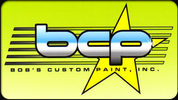Everything You Need to Know Before Choosing a Professional to Restore a Vintage Vehicle
In order to ensure a quality restoration, it is crucial to find the perfect shop, to help realize, and attend to your classic car restoration. So here is a list of all aspects that you should know in order for your classic car restoration to be a huge success.
Where to start?
Plan for Success

It is likely that if you’re doing a total restoration that you will use multiple specialist. Plan ahead for specialist that do engine, paint, chrome, and upholstery. It might be cheaper to hire specialist individually, rather than having the shop subcontract other specialist. If you plan from the beginning, it will be easier to know all aspects, of what your project will need to be completed.
Factor in the Cost
Planning a project in phases, can give you an opportunity to budget for high-quality work. Set a budget early, and make sure the parameters of the project such as parts, materials, and price, are estimated for each phase. Remember a verbal agreement means nothing if there were to be any problem down the line. It is crucial, to make sure every aspect of your agreement, even subcontracts are in writing, before the transfer of any funds, or work begins on your restoration.
Visit Shops
What to Look for in an Auto Restoration Shop
- Cleanliness
You don’t want to trust a shop that looks like they need to get their act together with your classic restoration. Cleanliness can be a quick way to indicate shop quality, and how well they will care for you vehicle. - Evaluate
With most restoration there is little formal training, or certification for upholstery, or interior work. So, you must evaluate the quality, and extent of previous completed projects. Feel free to ask them about any show car awards the shop may have won, or photos of past work. Also make sure to clarify who will be performing the work on your vehicle, and how much experience they have. - Protection
You don’t want to leave your high-end car (or soon to be high-end) in a shop for a few weeks, that doesn’t have a secure building. You also want to make sure that the shop takes protective measures to ensure nothing gets scratched or damaged while they work on different phases. - Quality Materials
Yeah, you can save money by buying your own materials. However, if they don’t hold up, you are on your own. If you use coverings that is recommended by the shop, they are more than likely tried and true quality products, which they stand behind. However, if you must buy your own, know that only automotive-grade fabrics should ever go into a vehicle, and buy top brands directly from a reputable manufacturer or brand. Want to know the best brand and materials for your project? Ask your shop’s recommendations on what you should buy. - The Right Job
When it comes to classic cars, there are three levels of upholstery work that can be done. Street car, show car, hobby car. You should make sure to find a professional that is aware of the difference. If you are talking to one that is unaware of the difference, find someone who does.
Custom Shop vs. Restoration Shop
Stay Involved
One way to keep up regular communication, is through regular interval billing. Regular interval billing will encourage consistent communication, as well as frequent updates on the status, and the progression of your project. If you are unable to drop in personally, use this as an opportunity, for the shop to keep you informed, with emails, and photos. It is also nice, to ask the shop take extensive photos of anyway of each step, repair, or upgrade.
Having step-by-step photographic evidence of your vehicle’s journey will not only be a nice memento, but may be an advantageous selling feature one day.
Fun restoration video for your viewing pleasure
1965 Mustang Fastback restored from beginning to end, 26 months of work in under 5 minutes. Cheers!
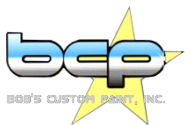
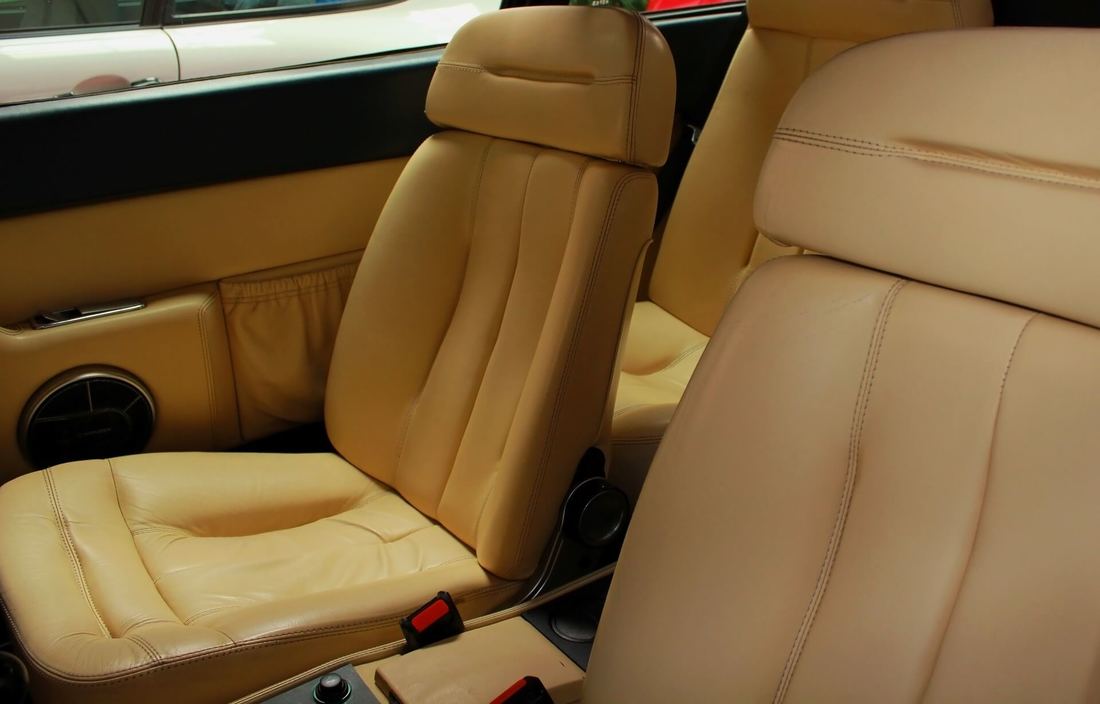
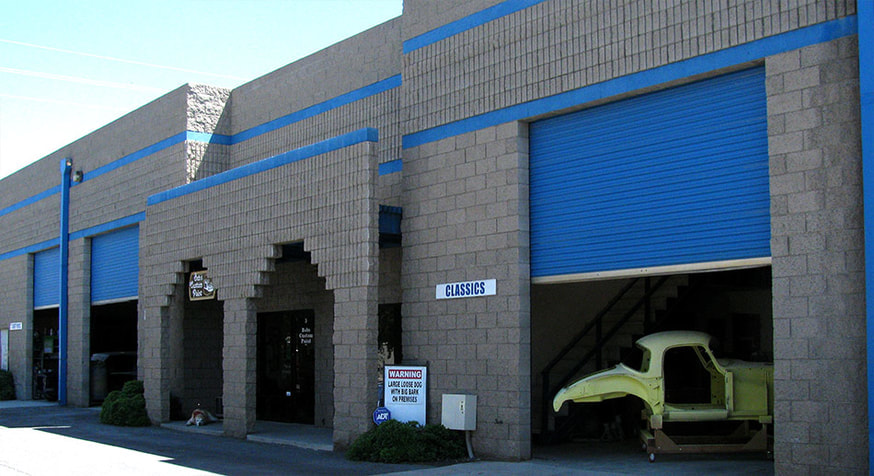
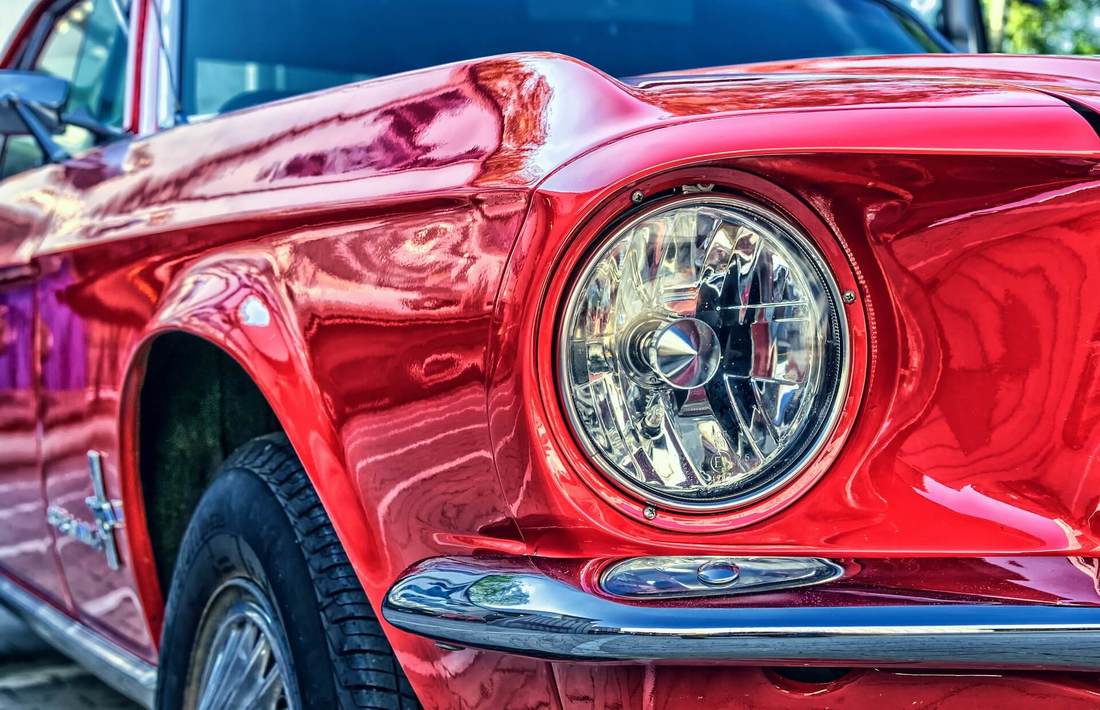

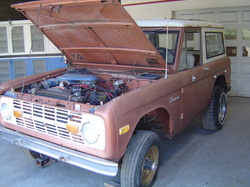
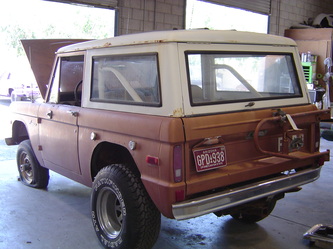
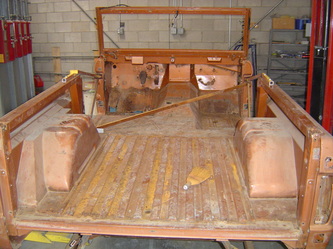
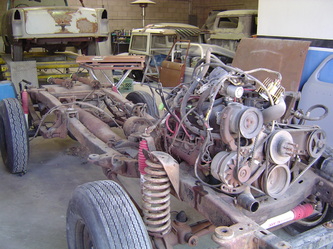
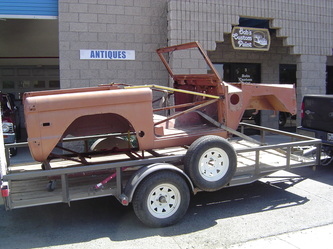
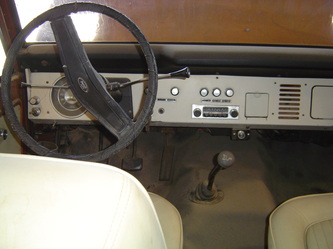
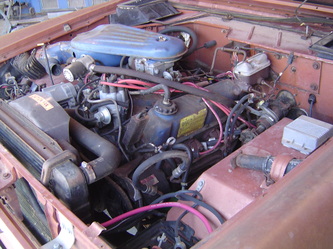
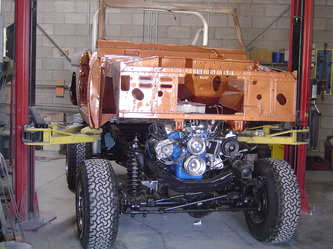
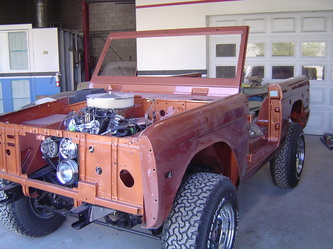

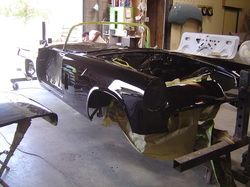
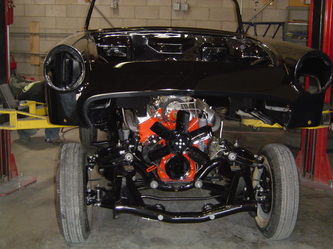
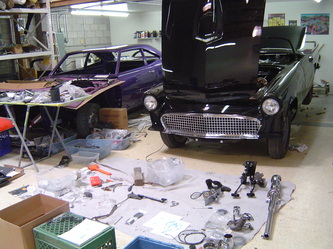
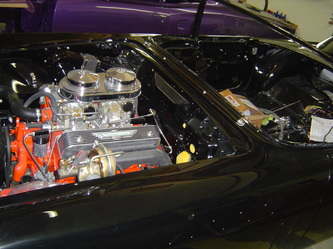
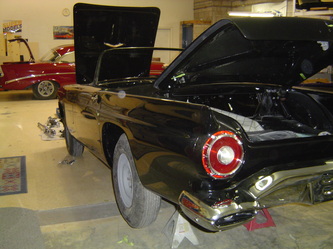
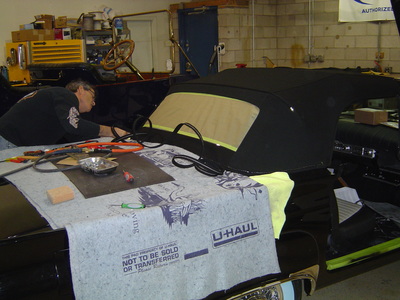
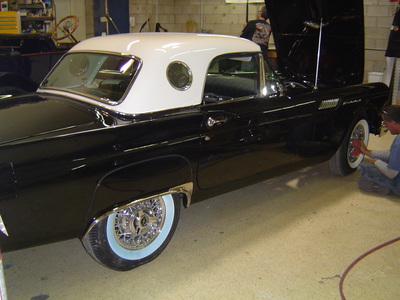
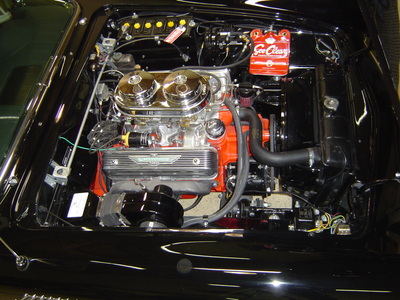
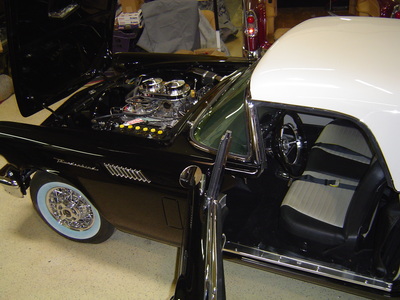
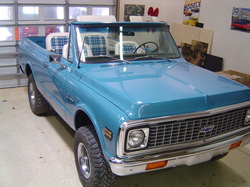
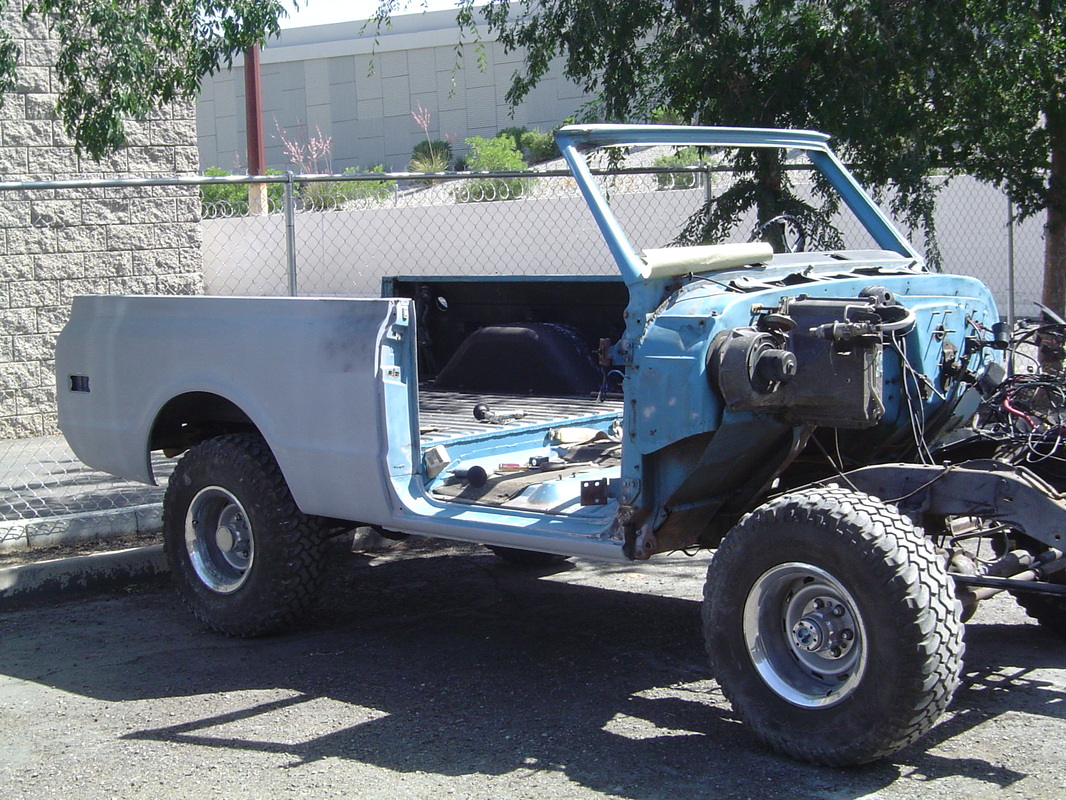
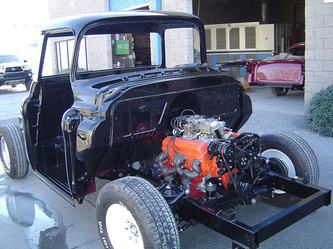
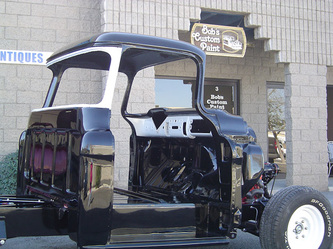
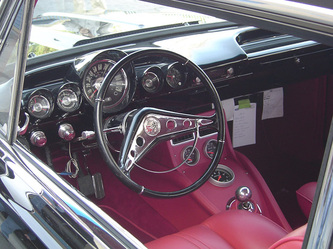
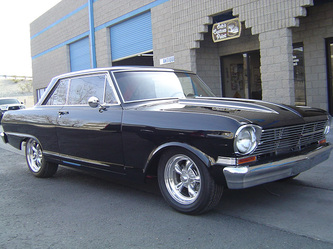
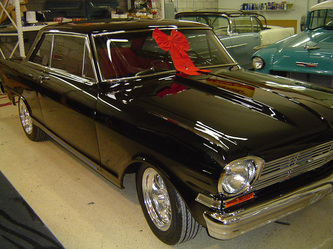
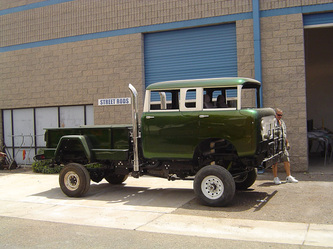
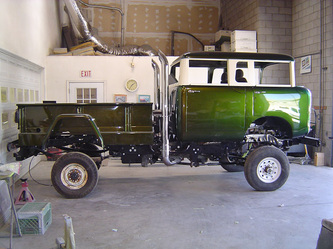
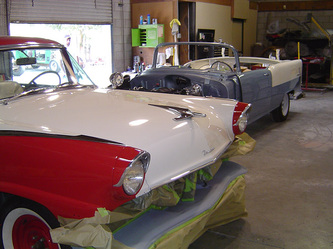
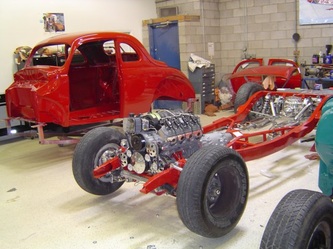
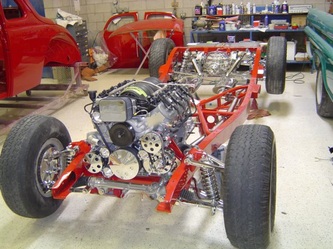
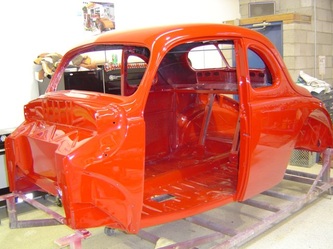
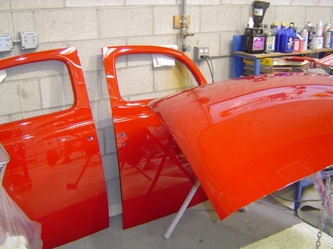
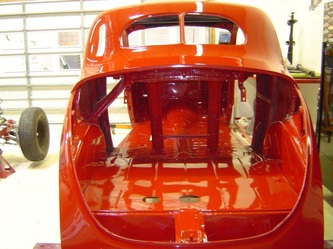
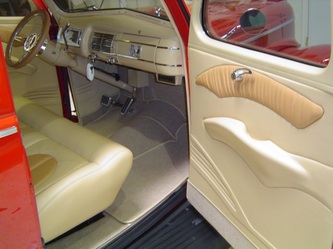
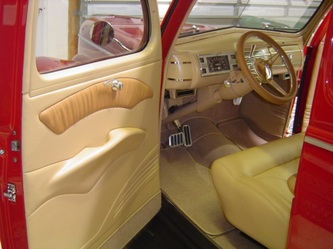
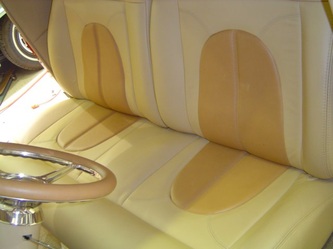
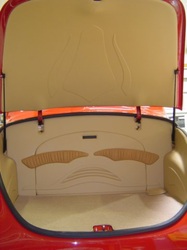
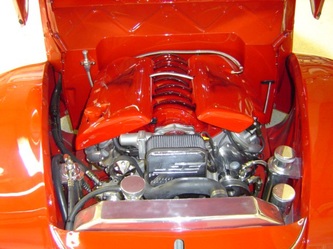
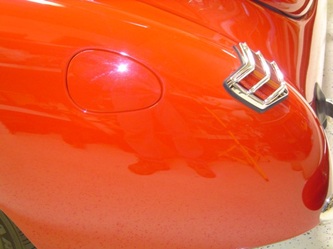
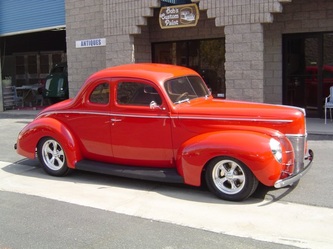
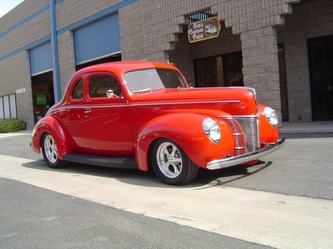
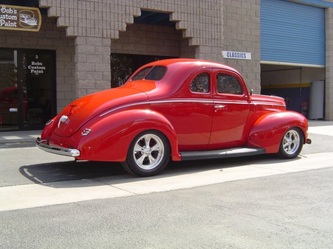
 RSS Feed
RSS Feed
